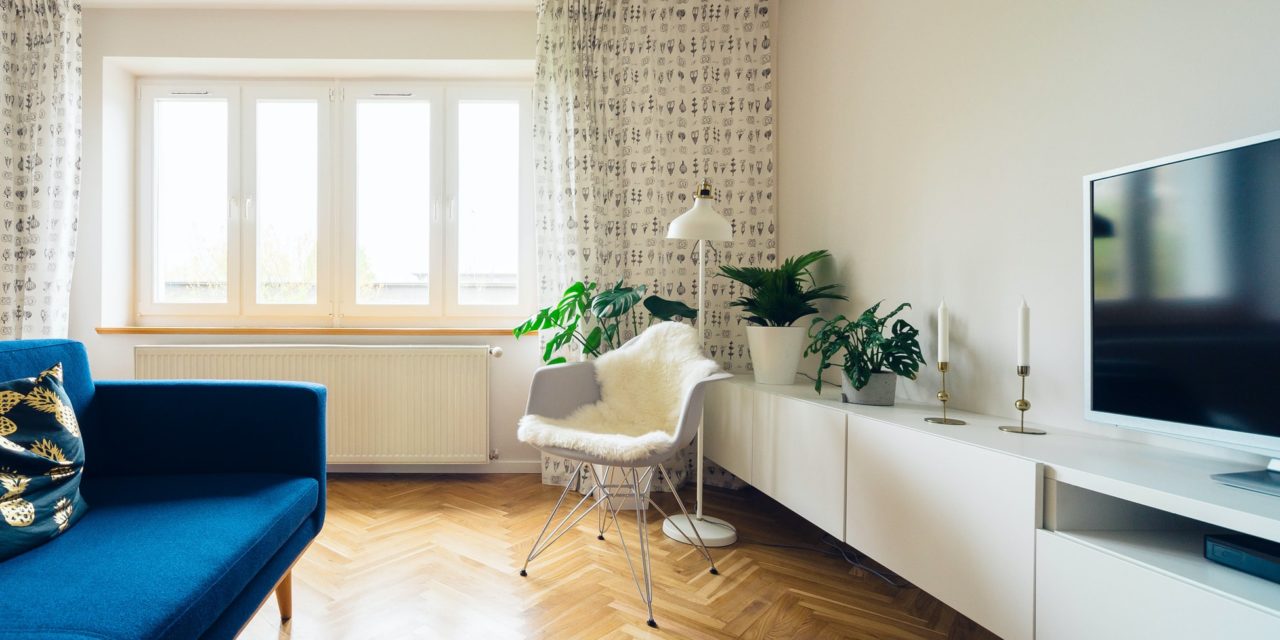[ad_1]
Universal Design is a relatively new paradigm that emerged from “barrier-free” or “accessible design.” It is a design focus that describes designing and building a home to accommodate its owner's physical needs for today and into the future. However, universal design and new home construction are not mutually exclusive terms. Some of the industry's strongest universal design advocates say they have been inspired either through their own personal experience coping with life-altering disabilities or by clients with special needs; and many of these clients had a strong desire to stay in their current family home!
Let us tell you a little about the numerous people for whom Universal Design was, well, designed! Of course the commonly used term “Aging In Place” is easily understood to refer to aging adults whose changing abilities require changing environments. Many people who wish to stay in their homes through their retirement are planning ahead to begin adapting their homes for the years to come.
This mature section makes up an extremely large portion of those who benefit from Universal Design. In 2008 the US Administration On Aging concluded that 1 in 8 Americans is aged 65 or older. By 2030 that statistic will jump to 1 in 5! The agency took this study one step further and asked how many of these adults wanted to stay in their homes as they aged. An amazing 90% planned on staying in their current homes throughout their retirement; 50% of those people are planning on remodeling their home to accommodate their future needs. So, I think we have a handle on the fact that the aging population in our country is quickly realizing that Universal Design and Certified Aging in Place Specialists are going to be the best way to age gracefully in their home sweet home!
But who else needs this kind of accessible design? Did you know 11 Million people age 6 and over require assistance to accomplish every day activities around the house; and, 10 Million age 15 and over require a wheelchair or a walker. Universal Design can assist these millions and millions of Americans by just making their home a friendlier place for them to accomplish basic tasks. The need may not even be a permanent one! Many people quickly understand the need for this kind of design plan after they experience an injury. Planning ahead for this can sure make life easier, but even making adjustments after the injury will have amazing benefits.
Another growing group of Universal Design beneficiaries are veterans. Whether they are injured veterans from the current war, returning home to find new challenges in mobility and independence or even older veterans from wars in our past whose combat injuries still cause them pain and mobility issues. This group has the ability to receive assistance from the Veterans Administration to remodel their home to accommodate to their needs.
Finally we want to introduce you to the term “Visitability.” Visitability accommodations are a kind of barrier-free design guidelines that applies to family and friends of differently abled individuals who want to make their homes visitable to all abilities. The recession has driven the market for Visitability Accommodations, with multiple generations temporarily living under one roof or family and friends consolidating their households. Hopefully this has given you a better idea about the many reasons to consider Universal Design when beginning ANY remodeling project.
[ad_2]
Source by Ed Cholfin


